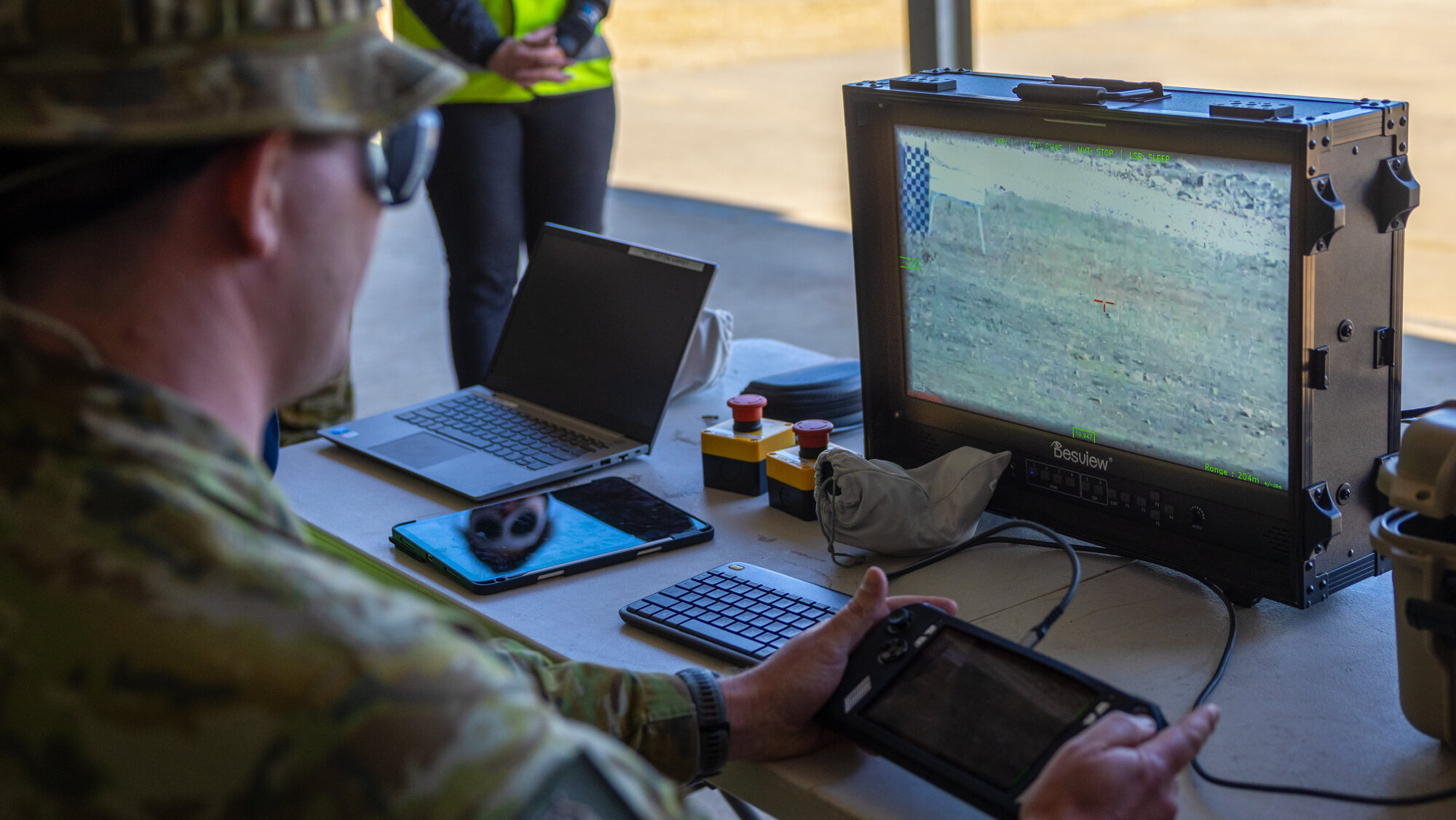Australia has initiated a significant procurement effort to enhance its defense capabilities against unmanned aircraft systems (UAS) by awarding contracts totaling $16.9 million AUD ($11.2 million USD) to eleven companies. This move comes less than a year after the government invited tenders for a program focused on countering drone threats.
Pat Conroy, the Australian Minister for Defence Industry, announced the contracts during a drone racing event in Canberra, highlighting that these systems will allow the Australian Defence Force (ADF) to rapidly integrate some of the world’s most advanced drone detection and neutralization technologies.
Overview of the Contracts and Technologies
The contracts, part of **Project Land 156**, aim to introduce a variety of technologies designed to combat small UAS threats. These include high-energy lasers, radio frequency jamming systems, and ammunition-based solutions. The project will incorporate at least 120 technologies, with contributions from five Australian firms.
While the specific companies awarded contracts have not been publicly disclosed, Conroy mentioned that DroneShield has supplied key systems such as the Drone Gun Mk 4 and the RF Patrol system. These devices are designed to detect and disrupt drone operations effectively.
The comprehensive system envisioned under Project Land 156 will combine electro-optic, active and passive radars, alongside acoustic and thermal sensors. These components will be integrated into a Command and Control (C2) system, facilitating coordinated responses to drone threats.
Future Prospects and Strategic Investments
The Albanese administration has outlined an ambitious plan to invest approximately $10 billion AUD in drone technologies over the next decade. This commitment reflects a broader trend of increased spending on drone capabilities globally. For instance, in the United States, Defense Secretary Pete Hegseth has directed the U.S. Army to equip every squad with small, one-way attack drones by the end of fiscal 2026.
Australia’s Department of Defence has indicated that further acquisitions under Project Land 156 will be announced in the coming months. These will include additional contracts for advanced counter-drone sensors and capabilities, as well as development of a command-and-control framework.
The procurement initiative is being led by the Defence Department’s Electronic Warfare and Intelligence Systems Branch, part of its Capability Acquisition and Sustainment Group. Furthermore, the Advanced Strategic Capabilities Accelerator (ASCA) is advancing its Mission Syracuse project, which focuses on developing technologies to counter medium-sized drones and drone swarms.
As Australia enhances its counter-UAS capabilities, these strategic investments highlight the nation’s commitment to maintaining robust defense measures amid evolving aerial threats.
